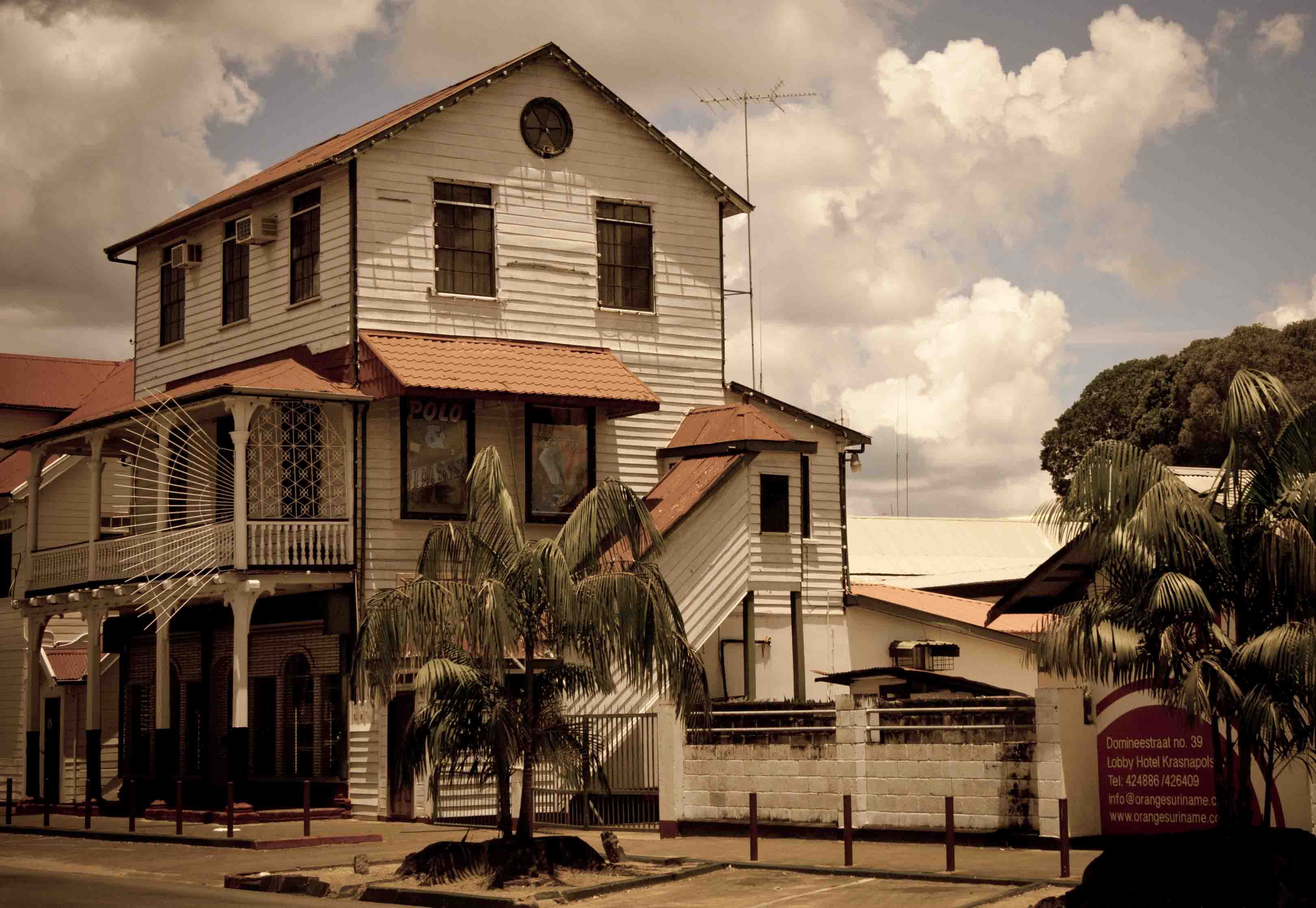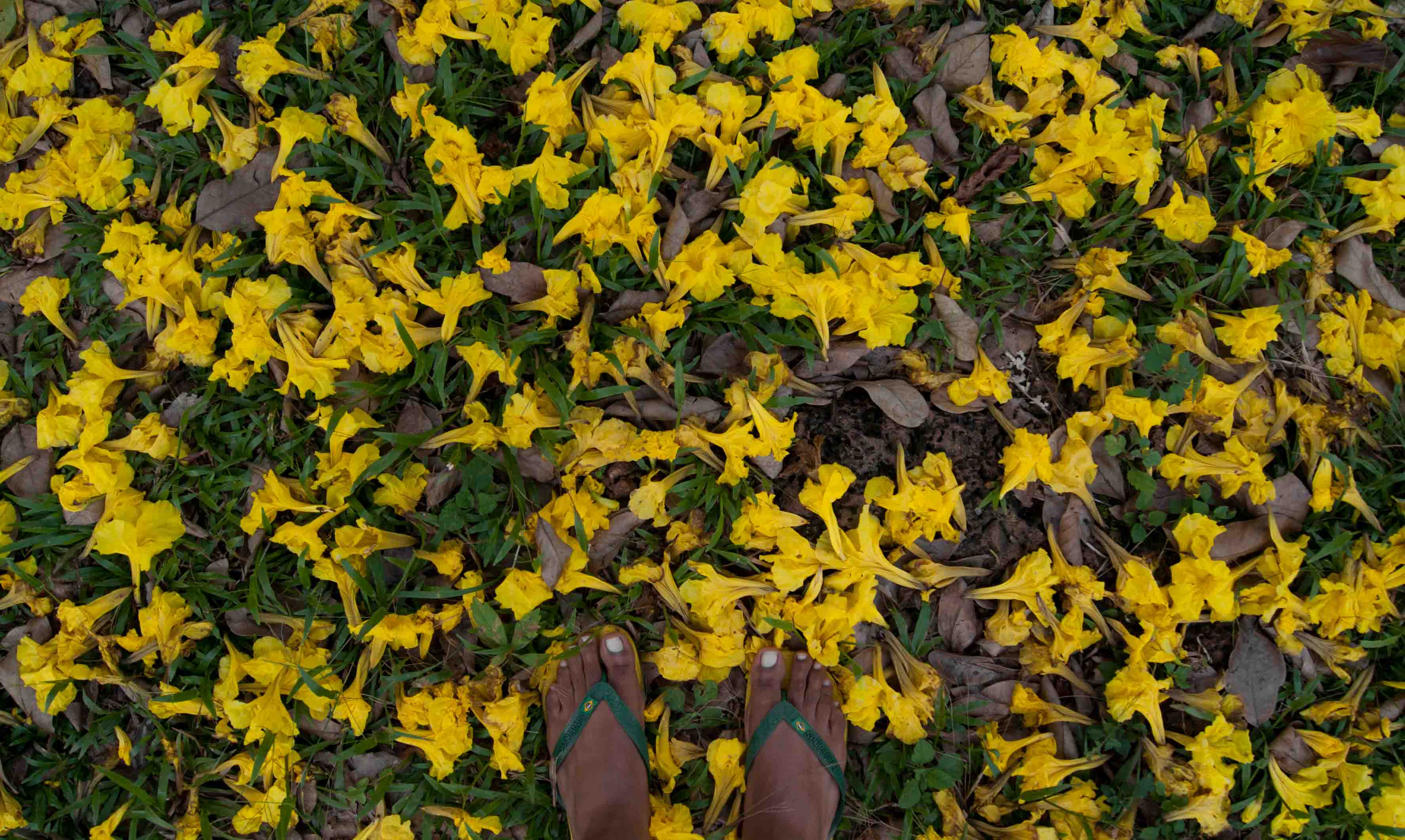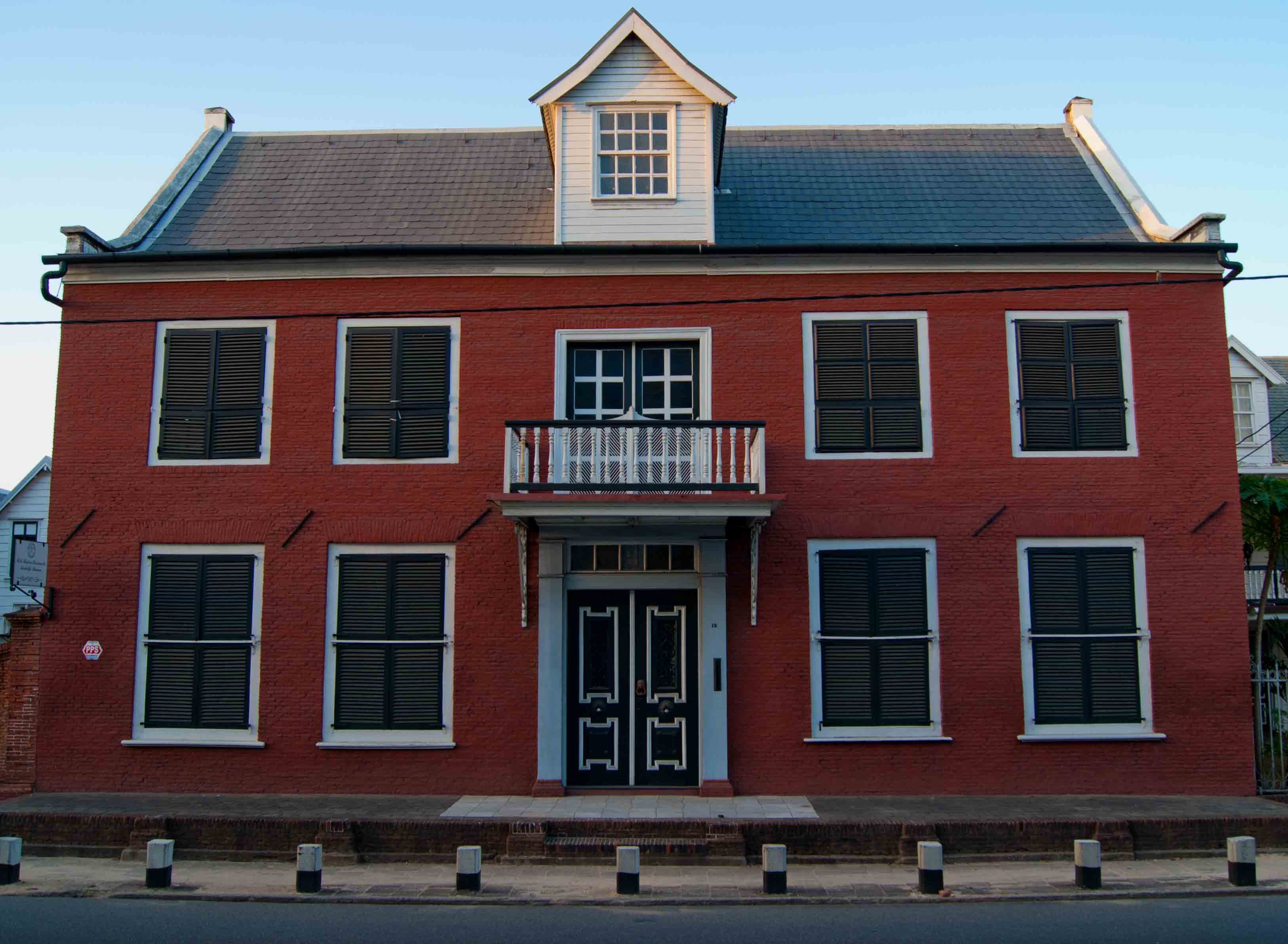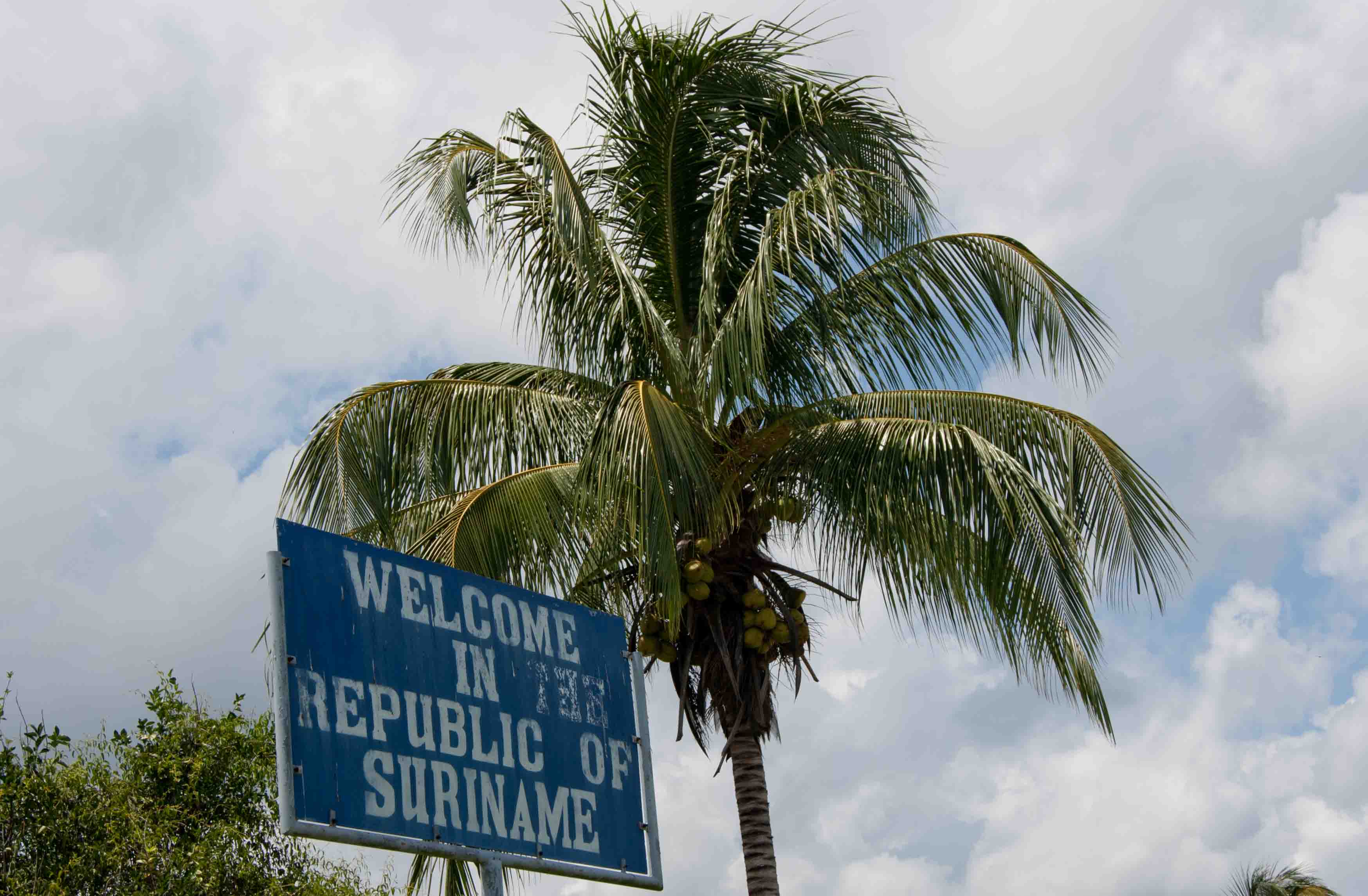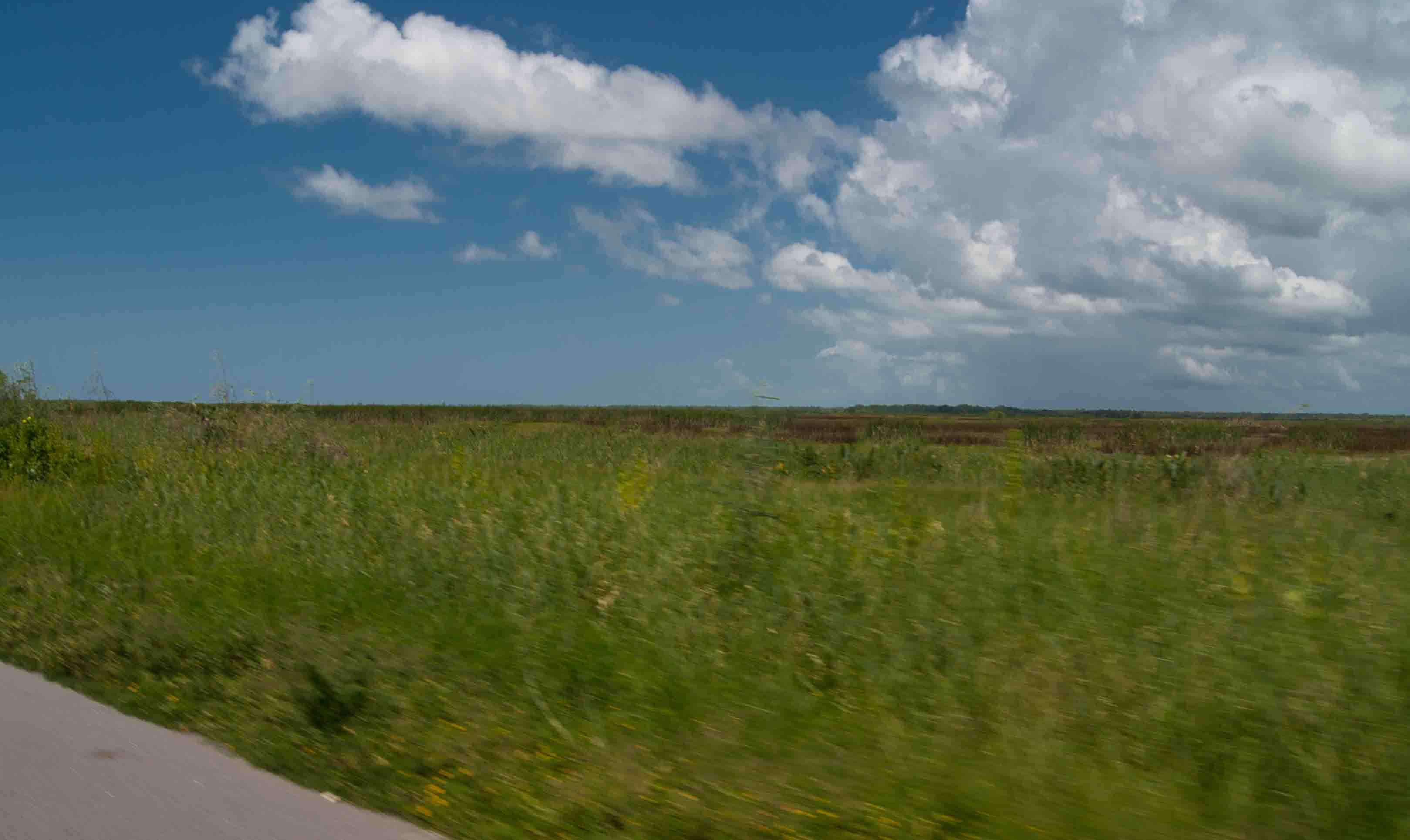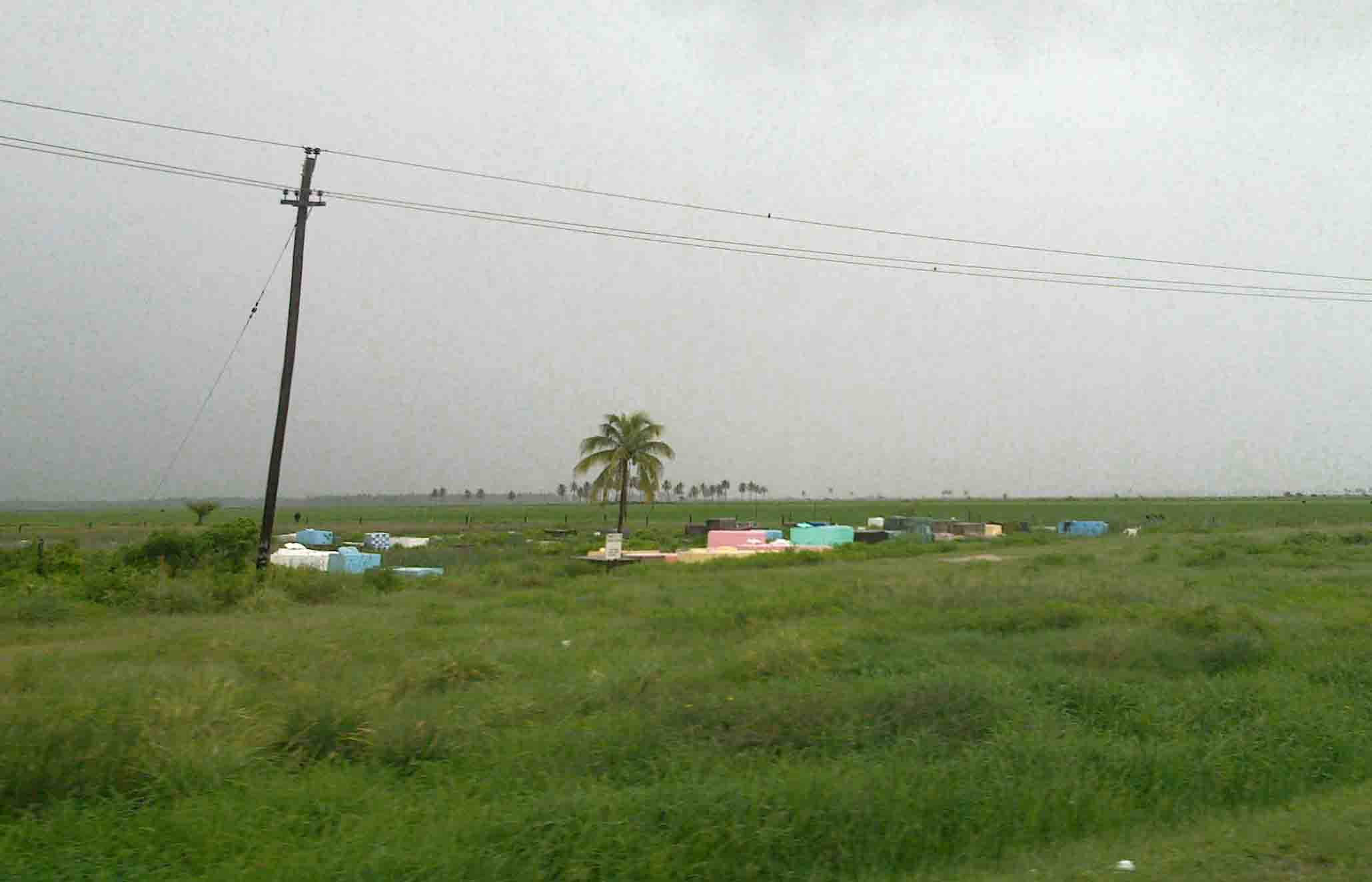 Paramaribo is the Capital of Suriname (yes, that’s a Country) and is widely referred to as the Europe of South America. While cheap hostels are a dime a dozen, once you add safety to the equation, possibly only 3 hostels remain. Add to this the fact that the Country speaks Dutch, quotes prices in Euros and is in South America and you’ve got a whole new set of problems on your hand.
Paramaribo is the Capital of Suriname (yes, that’s a Country) and is widely referred to as the Europe of South America. While cheap hostels are a dime a dozen, once you add safety to the equation, possibly only 3 hostels remain. Add to this the fact that the Country speaks Dutch, quotes prices in Euros and is in South America and you’ve got a whole new set of problems on your hand.
Having spent some time at all of these (don’t ask why); here’s what they’re all about.
#1. Twenty24
This is by far the friendliest backpacker place of all. At 15 Euro per night, it’s far from cheap, but this seems to be a more systemic problem with all safe hostels in Paramaribo. You can expect clean spacious room, clean bathroom and friendly staff. The highlight of this place is its open balcony, which allows you to meet the other guests over a beer. Twenty24 is walking distance from the historic centre and 100m away from the Cathedral.
#2. Albergo Alberga
A Beautiful, old Dutch house converted into a hostel, this is located bang in the middle of the historic city centre. This is reflected in the rent. At 18 Euros, the cheapest room here is slightly more expensive than the neighboring two hostels. Other features include a tiny swimming pool. However, due to dangerously high chlorine levels, I’d suggest donning protective gear first. The biggest drawback here is that the hostel gives out a very boring and slightly unfriendly vibe. The guests tend to be older, relatively well behaved and usually prefer to keep to themselves.
#3. Zus and Zo
If you’re looking for a hostel online, this is the place you’ll find splashed around most sites. The hostel is opposite the palm garden and is walking distance from the waterfront and historic city centre. A nice restaurant at the bottom gives this hostel a relaxed atmosphere. All the potential it shows on the outside disappears once you get inside. Tiny crammed rooms and dingy bathrooms is all you’ll get for your 16 Euro.
 Picture this: backpack overflowing with hiking gear, bucket of food to last a week, hammock slung over your shoulder, heading into the World’s largest rainforest. Alone.
Picture this: backpack overflowing with hiking gear, bucket of food to last a week, hammock slung over your shoulder, heading into the World’s largest rainforest. Alone.
This isn’t a fantasy. It’s real and doable. And I’ve saved the best for the last – it would cost you less than USD 20 per day once you get to Brownsberg National Park, Suriname.
The trickiest bit of this trip is booking accommodation at the camp. The local STINASU office in Paramaribo allows you to book a shed where you can hang your own hammock for USD 10 per night. The shed also features a gas stove and a few multipurpose utensils allowing you to cook your own meals. For the lazy and more affluent campers, a restaurant (nothing fancy) serves meals near the park headquarters.
The Trails
Leo Val
Val in Dutch translates to waterfall in English. Not being the sharpest tool in the shed, it took a hike to Leo Val for me to figure this out. Leo Val is the most easily accessible waterfall. Although it’s reduced to a tiny trickle during summer, the view’s still worth the trek. More interesting though is the tiny cave right next to the falls. A few decades ago pork knockers, testing their luck, dug this cave. This would be gold mine was abandoned as soon as the forest was converted to a National Park and now plays home to a noisy bat population. Being no Bruce Wayne, I couldn’t work up the courage to walk into the bat cave but had to settle for a few pictures from the outside.
Mazaroni Top
Seated at the top of a tiny hill, this is one of the highest points in the park. A painless 15 mins walk will get you to this sunset spot. A shelter at the top makes this a good picnic spot. Depending on the number of people at the camp, you might have to share this spot with other happy campers.
Witti Creek
By far the most rewarding trail of the lot and also the most arduous trek of all. The creek at the end of the trail is a reward that makes the 2.5 hour struggle worthwhile. Flowing through this hidden creek is the best tasting water I’ve ever drunk. This is truly a tropical paradise hidden away in the middle of the forest. And if you get this far, you’ll have it all to yourself.
Kumbu Val
One of the hardest trails to follow, the path disappears once you get to a creek. No sign of any waterfall. After a mini ramble through the woods, I gave up on falls after getting lost.
Mazaroni Val
A 2 hour walk gets you to this cascading waterfall. Part of the trail uses a well-traveled road and is quite easy to follow. The going gets tough once you get off the road. As you approach the waterfall, the eerie forest silence gives way to the sound of flowing water. The beauty of this trail lies not in the magnificence of the waterfall but in how remote and inaccessible it is. One glimpse of the waterfall and you know that you’re one of the few people who have gotten this far.
Warning
- Trails are often partially wiped out by a huge tree falling across them and it is likely that you’ll stumble around for a while until you find the real trail. While this is a bit scary at times, it adds to the experience. Just be sensible and let the park rangers know which trail you plan to tackle each day.
- Attacks from Boa Constrictors and Anacondas are not uncommon. Carry a penknife in your pocket when you’re out on the trails. Despite my greatest efforts, neither of these celebrities made an appearance during my foray into the wild.
 Paramaribo is the Capital of Suriname. Suriname, with a population of lesser than 500,000, isn’t a dominating presence on the World map. In other words, not many people know where Suriname is. To refresh your memory, it’s a tiny little country to the north of Brazil. Only 5% of this country is inhabited while a huge monster, commonly known as the Amazon, envelops the rest of it. Another strange fact about Surinam is that it’s one of the few Countries having more Surinamese people out of the Country (predominantly in Holland) than in the Country.
Paramaribo is the Capital of Suriname. Suriname, with a population of lesser than 500,000, isn’t a dominating presence on the World map. In other words, not many people know where Suriname is. To refresh your memory, it’s a tiny little country to the north of Brazil. Only 5% of this country is inhabited while a huge monster, commonly known as the Amazon, envelops the rest of it. Another strange fact about Surinam is that it’s one of the few Countries having more Surinamese people out of the Country (predominantly in Holland) than in the Country.
When you’re in South America, ordering nasi goreng (fried rice) from an Indonesian vendor, who (doesn’t speak a word of Bahasa and) replies in Dutch, you get a feeling that something went drastically wrong.
To understand Paramaribo, you’ll need to understand its history. Before you nod off at the mere mention of history, I’ll summarize in 4 sentences.
- The Dutch showed up and built fancy buildings
- They imported indentured laborers / slaves to cook (Indonesia), clean (Africa), and farm (India).
- The Dutch were then kicked out (we can’t be certain why)
- Somewhere along the line, the Chinese showed up and started selling Japanese cars and Chowmein. Bet you didn’t see that one coming.
The best way to explore this city would be to rent a bicycle and drift through the old streets of Paramaribo. The historical centre is beautiful and walking / cycling through it on a Sunday afternoon is a treat.
A few things you should check out are
The Cathedral
Reconstructed in the late 19th Century, it is an engineering marvel built entirely from wood. The immensity of this Cathedral doesn’t register until you walk in and you won’t be able to help but gape at the beautiful wooden paneling. That it has been standing for over a hundred years is a mystery.
Palm Garden
Supposedly part of the palace gardens at some stage, this beautiful garden consists of over a thousand palm trees planted on a 4 hectare piece of land in the middle of the city. Obviously popular with muggers and drug dealers come nightfall.
Water Front
Overlooking the water as the name suggests; the building dotting this street are the oldest in Paramaribo.
Sunday Flea Market
Some smartass decided that the best way to convert a regular market into the hottest event in town would be to add a “flea” to the name. Works like a charm. Tons of tourists show up to a display of fruits, vegetables, hardware, etc. Save your energy. Sit at home and drink Parbo Bier. Burrrp.
Fort Zeelandia
Once a symbol of the Dutch dominance over Surinam, this is now a restaurant that charges you 10 SRD to enter the fort, if you don’t eat there. Best way to subvert this tourist tax is to enter, check out the fort, glance at the menu and then make like a banana and split (or make like a tree and leave). I must concede that the view of the river is amazing and the prices are reasonable.
Imperial Palace
The Imperial Palace is lit up at night and stands as an imposing landmark bang in the middle of the historical centre of the city.
Once you’re done with this, give yourself a pat on the back (I did) and treat yourself to some wine and cheese to make your European-South American experience complete.
A direct flight from Georgetown to Paramaribo would get you across the border in an hour’s time. However, if
a) You’d like to save some money
b) You’ve got some time to kill
c) You’re looking for adventure
d) You need to get from Guyana to Suriname
e) All of the above
Then this is just what the doctor ordered.
In a nutshell, the trip involves a bus from Georgetown to Corriverton on the Guyana-Suriname border, a ferry across the river into Suriname and a bus from Nieuw Nickerie to Paramaribo.
|
Overland Trip |
Flight |
| Bus to Corriverton – USD 7.5 Accomodation – USD 12.5 Dinner – USD 3 Ferry – USD 10 Bus to Paramaribo – USD 20 Lunch – USD 5 Total – USD 58 |
Ticket to Paramaribo – USD 125 Departure tax – USD 25 Cab to airport – USD 5 Total – USD 155 |
This seemed straightforward at first glance. In retrospect, it might’ve been slightly more complicated than that. The journey begins at Starbroek with 5 people trying to grab your bags and physically throwing you into their minibus. A loud yell usually shows them that you mean business and are not a pushover. You’ve got 2 options at this stage. Option one involves forking out GYD 2500 for a seat on a cab going to Corriverton (yes – drivers usually pimp out their cabs and get 4 or more passengers to share a cab). But the cab’s for sissies. The real deal is riding the mini-bus to the border for GYD 1500. It’s cheap, entertaining and quick. The quickness might come at the expense of safety.
The ferry leaves for Suriname twice a day – 9am and 1pm. With a little reverse engineering you’ll realize that you need to take a bus to the border the night before if you intend to catch the 9am ferry and get to Paramaribo at a reasonable hour. Accommodation at Corriverton (border town in Guyana) is easily available with prices ranging from GYD 2500 to 6000. No need to book in advance. The cheap rooms are really minimal to the extent that toilet doors do not exist. The more luxurious rooms have air conditioners and cable TV!
The ferry timings are only indicative and the ferry will definitely not leave on time. Expect a 1-hour delay. The journey costs 2000 GYD for a 1 way ride and GYD 3000 for a return journey.
 When the ferry docks on either side, you’ll notice that around 10 people make a dash for the immigration line. I was content to scurry along and be the 11th person in the queue. However, the rest of the ferry took their time and much to my frustration, proceeded to push past me claiming to be with one of the 10 people in front of me. Having picked a fight with a few queue breakers (8 years in Singapore did that to me), I had the last laugh when I found out that they had to wait in the sweltering heat for all passengers to clear immigration before the buses departed for Paramaribo.
When the ferry docks on either side, you’ll notice that around 10 people make a dash for the immigration line. I was content to scurry along and be the 11th person in the queue. However, the rest of the ferry took their time and much to my frustration, proceeded to push past me claiming to be with one of the 10 people in front of me. Having picked a fight with a few queue breakers (8 years in Singapore did that to me), I had the last laugh when I found out that they had to wait in the sweltering heat for all passengers to clear immigration before the buses departed for Paramaribo.
 Once you get to Suriname, don’t expect a drastic change in the people or place. There’s a bit of Dutch and some iffy English splashed around on signboards but the English sounds the same as the Creolese in Guyana (although it should be called Rasta English in my opinion).
Once you get to Suriname, don’t expect a drastic change in the people or place. There’s a bit of Dutch and some iffy English splashed around on signboards but the English sounds the same as the Creolese in Guyana (although it should be called Rasta English in my opinion).
Look closely at the pictures below and its hard to tell which one’s Guyana and which one’s Suriname (one of them has a road – hint hint).
